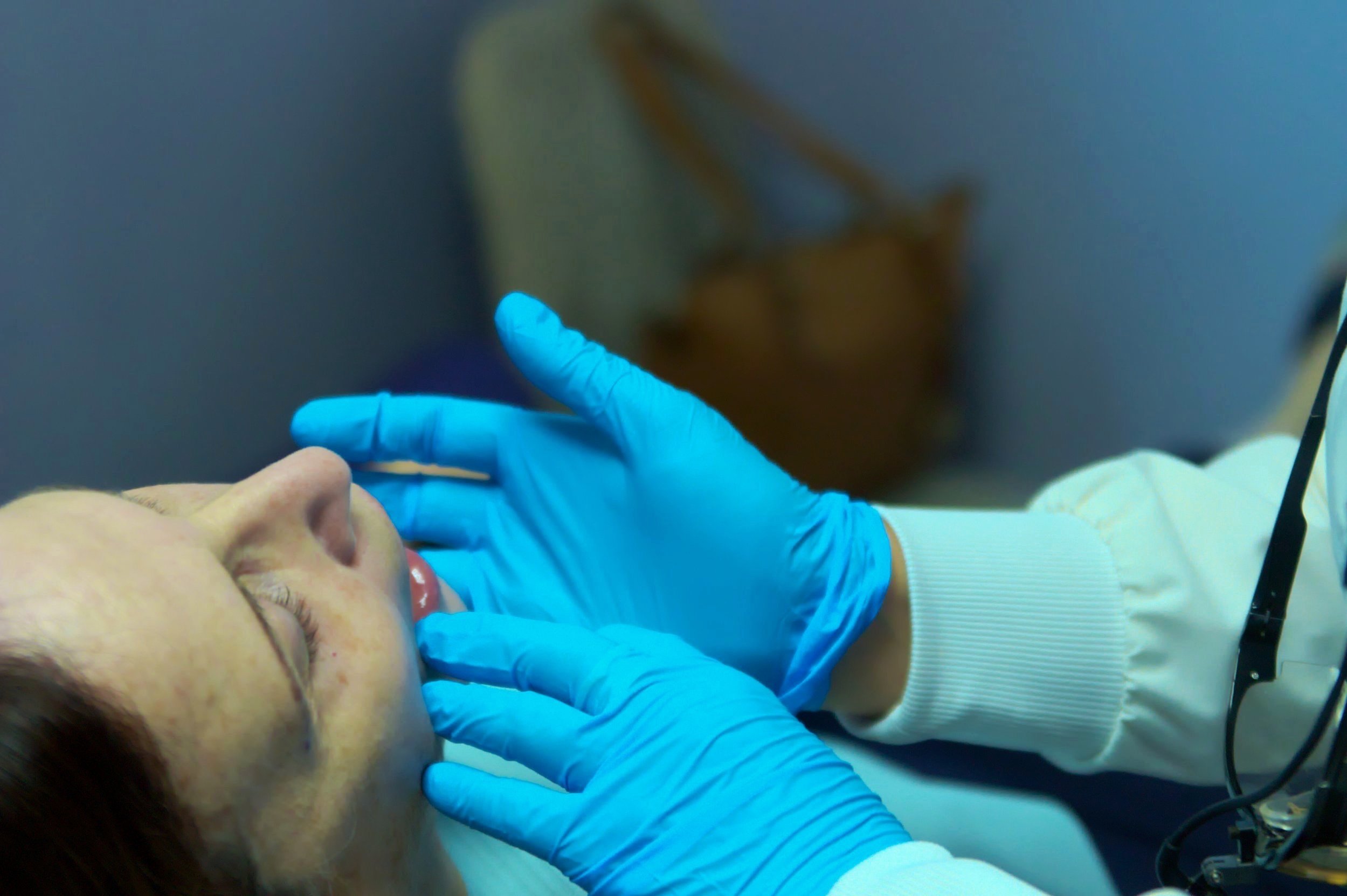
Preventative
Tooth decay and gum disease are common preventative topics, yet there are other important issues, such as the airways, the jaw joints,
and growth and development.
While this website does not delve into the preventative side of all of these, visits with our dental team include a comprehensive approach to caring for the entire dental system. We aim to help prevent problems within the dental system as early as possible.
Prevention of Tooth Decay and
Periodontal Disease
Prevention is focused on keeping plaque and calculus (tartar) off of the teeth, as they are the source of irritation and infection of the gum tissues that result in periodontal disease. Bacteria that build up on the teeth ingest food debris left behind from poor oral hygiene efforts and produce acids that eat away at the surface of the tooth. For an individual, we emphasize home care and diet as the basis of prevention of decay. There are other factors as well, which includes poorly designed restorations, open contacts between back teeth, mouth breathing, teeth grinding, and crooked teeth.
Preventative care in the form of routine dental cleanings, x-rays and exams help to preserve natural tooth structure and maintain existing restorations. Therefore, an approach that combines good oral hygiene practices at home (brushing and flossing) with regular professional care (dental cleanings by the hygienist) is the foundation of good prevention.
Periodontal Treatment
Growth and Development
1. Facial Analysis
Facial proportions are an indicator of proper growth patterns; distortions in facial symmetry can be indicators of problems elsewhere in the body. Orthodontic dilemmas are manifestations of growth pattern abnormalities, so we analyze the whole face, not just the teeth.
2. Airway Analysis
The nasal passages (above the mouth) and the throat (behind the mouth) are dramatically influenced by the development of the mouth. Full time nasal breathing is optimal for health, as well as dental stability. The manner in which the mouth and teeth are treated dictates enhanced breathing or restricted breathing.
3. TMJ Analysis
The jaw joints are an integral part of the dental system. Everything that happens to the teeth affects the jaw joints. Proper analysis guides us to treat the teeth in a jaw joint friendly way.
4. Posture Analysis
Jaw posture (your bite) affects head posture. Head posture affects neck posture. Neck posture affects shoulder and back posture. Distortions can be top-down (descending) or bottom-up (ascending).
5. Dental Analysis
We measure and analyze arch width, tooth size, overbite, underbite, overjet, open bite, over-closed bite, missing teeth, extra teeth, and many other details and relationships that are a reflection of the previous four areas. Analyzing the first four informs the treatment of the concerns found here.
Orofacial Myofunctional Therapy
Oral functions and habits that compromise the dental system and can be improved or resolved through work with the muscles of the mouth, face, and neck.
Orofacial myofunctional issues such as mouth-breathing, tongue or lip ties, tongue thrusts, and thumb-sucking, as well as general oral muscle function, can cause or maintain distortions related to orthodontic issues.
Identifying and correcting these as early as possible allows for the optimization of growth and development. Dysfunctions that persist during and after orthodontic treatment can delay progress or result in relapse.
Like all dental issues, myofunctional concerns have whole-body health implications.
Periodontal disease can begin early, even within teenage years, especially when preventative measures have not been consistently and properly taken. It is necessary to brush and floss every day and to see the hygienist on a regular schedule. Addressing clenching and grinding is another preventative measure as this is also a causative factor of periodontal problems. Bone loss is irreversible, but with proper care you can impede the process and prevent further damage; the goal of periodontal treatment is to inhibit the progression of the problem and control the disease.
Some signs that your periodontal state may be (or is) in trouble:
Gums bleed when brushing or flossing
Persistent bad breath
Soft, swollen or tender gums
Gum recession (gums shrinking away from the teeth)




